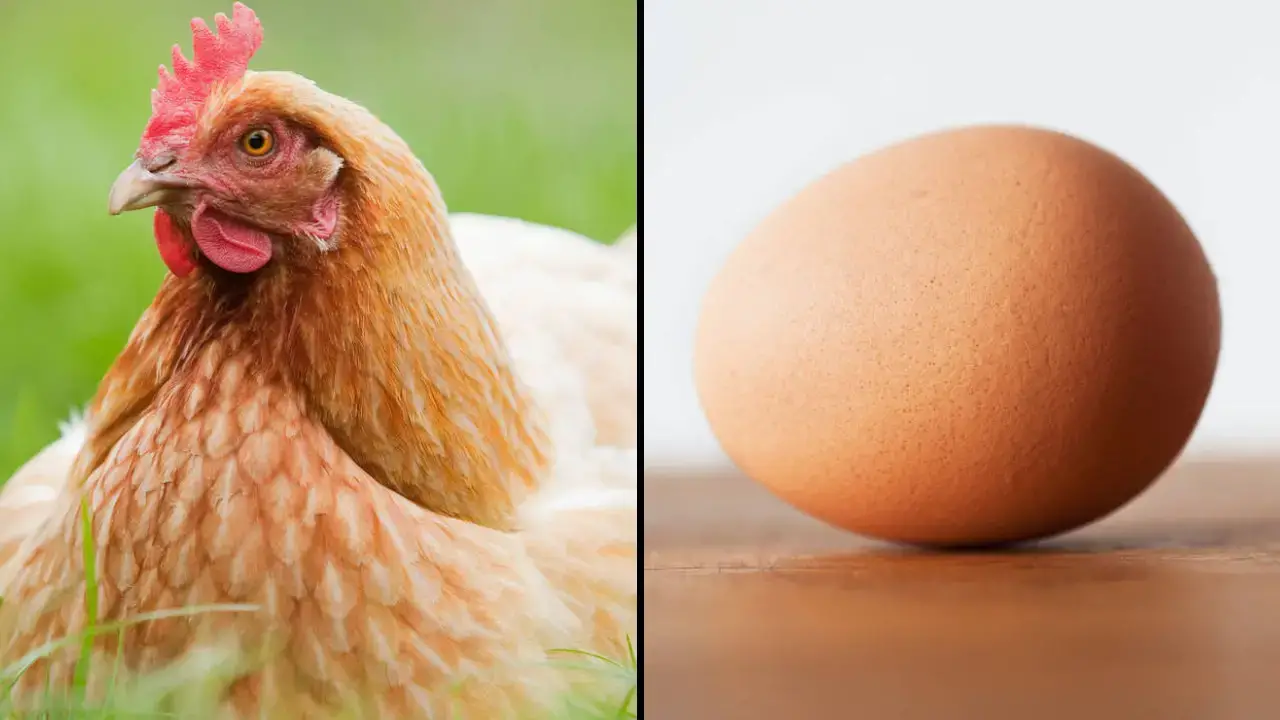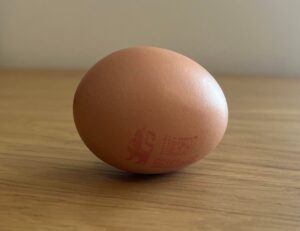
Credit: Alamy
Scientists Say They’ve Finally Discovered What Came First The Chicken Or The Egg
Scientists say they’ve finally discovered what came first – the chicken or the egg.
The chicken and egg argument poses a dilemma regarding which came first, the chicken or the egg, questioning the origin and causality of life.
It raises debates on topics such as evolution and creationism, highlighting the complexities of tracing the beginning of species.
However, at last, we might just have a breakthrough.
Scientists have made progress in solving the age-old puzzle of whether the chicken or the egg came first by studying the early ancestors of modern birds and reptiles.
Related Article: People Are Only Just Realising What Filling Inside A Cadbury’s Creme Egg Is
Related Article: Scientist Says Life After Death Is ‘Impossible’
So let’s find out which came first below:
What came first, the chicken or the egg?
The research, led by the University of Bristol’s School of Earth Sciences, suggests that the chicken’s distant dinosaur ancestors laid eggs millions of years before chickens evolved.
But the earliest reptilian ancestors of the chicken may have given birth to live young instead of laying eggs as previously believed.
The study examined 51 fossil species and 29 living species, categorising them as either oviparous (laying eggs) or viviparous (giving birth to live young).
The significance of the hard-shelled egg as a major evolutionary innovation has long been recognised – but this research indicates that extended embryo retention, where the young are retained by the mother for a certain period, provides ultimate protection for this specific group of animals.
The amniotic egg, which evolved around 320 million years ago, played a crucial role in allowing amniotes to venture onto land and dominate terrestrial ecosystems by providing a safe environment for developing reptiles, protecting them from drying out in warm climates.

Professor Michael Benton from the University of Bristol explained: “Before the amniotes, the first tetrapods to evolve limbs from fishy fins were broadly amphibious in habits.
“They had to live in or near water to feed and breed, as in modern amphibians such as frogs and salamanders.
“When the amniotes came on the scene 320 million years ago, they were able to break away from the water by evolving waterproof skin and other ways to control water loss.
“But the amniotic egg was the key.
“It was said to be a ‘private pond’ in which the developing reptile was protected from drying out in the warm climates and enabled the Amniota to move away from the waterside and dominate terrestrial ecosystems.”
He added: “Our work, and that of many others in recent years, has consigned the classic ‘reptile egg’ model of the textbooks to the wastebasket.’
Project leader Professor Baoyu Jiang continued: ‘”This standard view has been challenged.
“Biologists had noticed many lizards and snakes display flexible reproductive strategy across oviparity and viviparity.
“Sometimes, closely related species show both behaviours, and it turns out that live-bearing lizards can flip back to laying eggs much more easily than had been assumed.”
Published in Nature Ecology & Evolution, the study contributes to a better understanding of the diverse reproductive mechanisms observed in different animal lineages and challenges existing notions of reproductive strategies in early reptilian ancestors.
And, most importantly, it proved that it was the egg that came before the chicken!